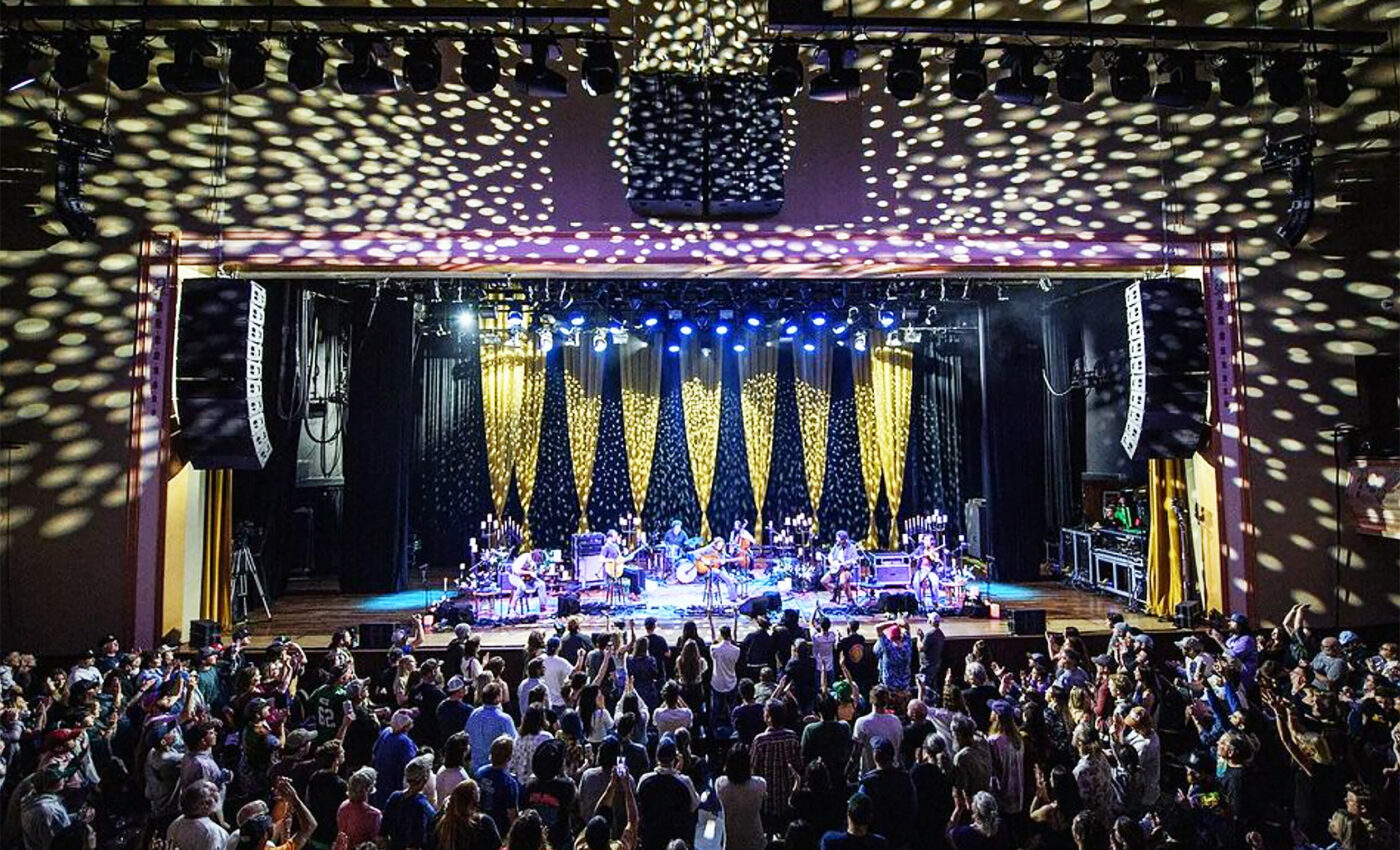
Live music triggers much stronger emotions than streamed music
Music possesses a profound ability to stir our emotions. Research has consistently demonstrated that recorded music can activate the emotional and imaginative circuits within our brains.
Yet, the question arises: does the experience of live music evoke a different neural response compared to its recorded counterpart?
The emotional resonance of music
In pursuit of this inquiry, a research team led by Professor Sascha Frühholz of the University of Zurich, specializing in cognitive and affective neuroscience, embarked on a fascinating study.
Their research aimed to discern the distinct effects of live and recorded music on the human brain’s emotional processes.
Central to their investigation was an innovative experiment featuring a live pianist, whose performance dynamically evolved to heighten emotional responses in the listeners’ amygdalas — the brain’s emotional nexus.
Utilizing magnetic resonance imaging, the team monitored the amygdala activity of both the audience and the performer in real-time.
Live vs. recorded: A comparative experiment
This unique setup allowed the pianist to adjust the performance on the fly, amplifying the emotional engagement of the audience.
To draw comparisons, the audience was also exposed to a recorded version of the same piece, performed by the same artist but without the interactive, neurofeedback loop.
The findings were revelatory. “Our study showed that pleasant and unpleasant emotions performed as live music elicited much higher and more consistent activity in the amygdala than recorded music,” explained Frühholz.
“The live performance also stimulated a more active exchange of information in the whole brain, which points to strong emotional processing in the affective and cognitive parts of the brain.”
Furthermore, live performances fostered a more vigorous informational exchange throughout the brain, underscoring the potency of live music in engaging both affective and cognitive brain regions.
The research team delved deeper, examining the alignment between the piano music and the audience’s brain activity.
Synchronicity between music and emotion
A remarkable synchronization between the subjective emotional experience and the auditory brain system — responsible for evaluating music’s acoustic qualities — was distinctly observed during live performances.
Moreover, it was only in the context of live music that a strong, positive correlation emerged between the nuances of the musical performance and the brain activity of the listeners.
Historically, humanity has leveraged various tools and instruments to create live music, a tradition predating the advent of music recording technologies in the early 20th century.
Despite today’s access to streaming platforms and high-quality audio devices, the communal and emotional richness of attending a live performance remains unparalleled.
Professor Frühholz suggests that this preference for live music may be rooted in our evolutionary history, emphasizing our innate desire for the immersive emotional journey that live performances offer.
“This can perhaps be traced back to the evolutionary roots of music,” says Frühholz. “People want the emotional experience of live music. We want musicians to take us on an emotional journey with their performances.”
Incomparable experience of live music
In summary, this pioneering study highlights the unparalleled emotional impact of live music, compared to its recorded counterpart.
Through innovative experiments involving real-time neurofeedback and magnetic resonance imaging, scientists from the University of Zurich demonstrated that live performances not only elicit stronger and more consistent emotional responses in the brain’s amygdala, but also enhance the overall exchange of information within the brain. This process evokes the profound cognitive and affective engagement live music offers.
Their research deepens our understanding of music’s emotional sway while reaffirming the irreplaceable value and unique connection that live music fosters among performers and audiences alike, echoing our evolutionary inclination towards the enriching experience of live performances.
Image copyright: @actennille via @billystrings; BillyStrings.com; Andy Tennille Photography
The full study was published in the journal Proceedings of the National Academy of Sciences.
—–
Like what you read? Subscribe to our newsletter for engaging articles, exclusive content, and the latest updates.
—–
Check us out on EarthSnap, a free app brought to you by Eric Ralls and Earth.com.
—–













